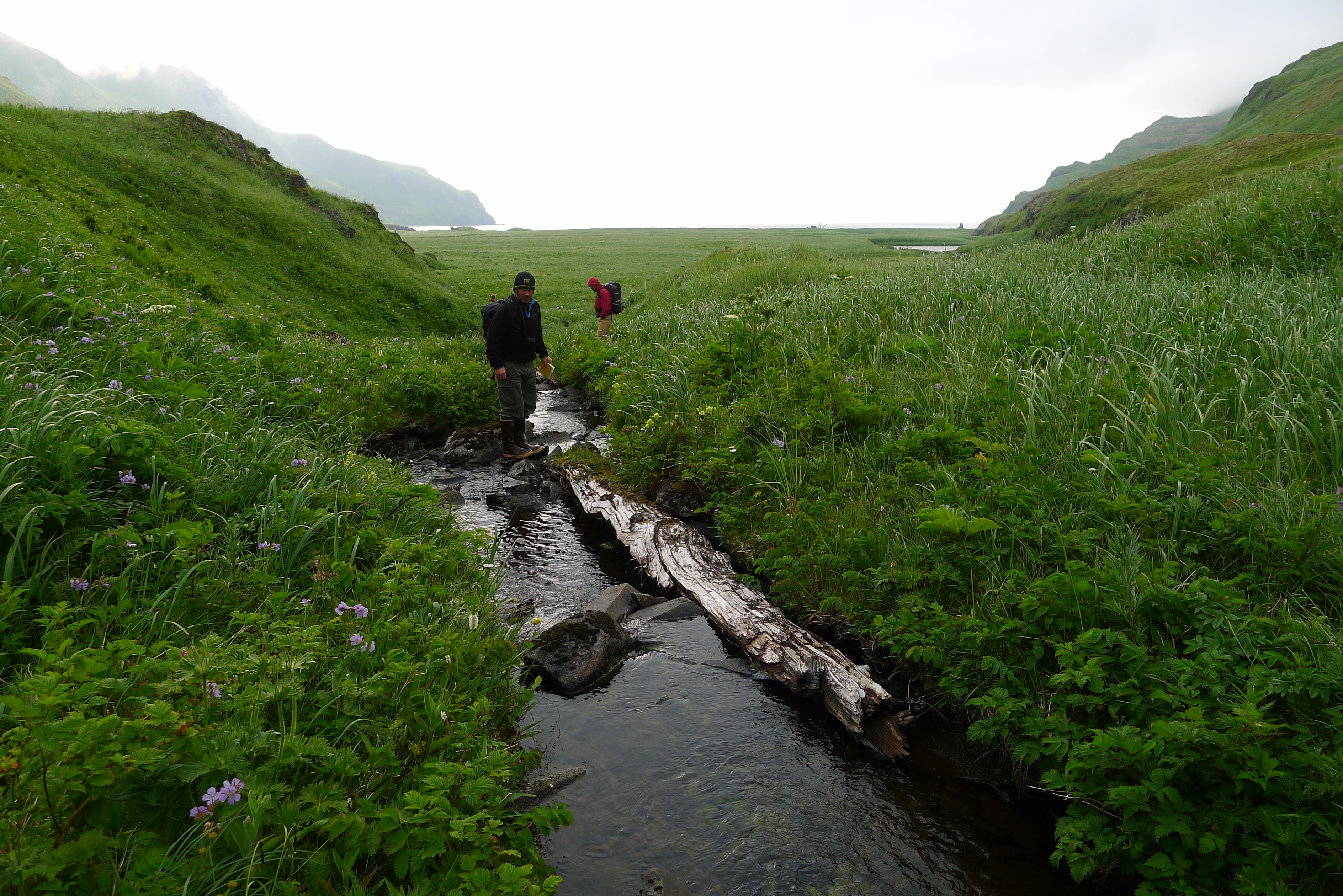In the next 50 years there’s a 9% chance of an Aleutian Islands earthquake so strong it could send a devastating tsunami to Hawaii. That’s according to researchers from University of Hawaii at Manoa.

A magnitude 9.0 or greater earthquake is what researchers are referring to. But what does a mega-quake look like? Think big – like Tohoku the 2011 Japan earthquake and tsunami.
Geologist Rob Witter works for the United States Geological Survey. His work looks at the frequency of past giant earthquakes in the Aleutians — especially large quakes that might cause tsunamis.
“If there were to be another really, really giant earthquake in the Aleutians it would have the potential to generate a tsunami like what we’ve seen,” Witter said.
This research can be used for national seismic hazard maps as well as to create tsunami evacuation plans.
While Witter studies what happened in the ancient past, Geophysicist Rhett Butler looks to the future. He works on estimating the probabilities of future earthquakes.
While watching video of Tohoku, Butler, a University of Hawaii at Manoa geophysicist, began wondering if Hawaii had its estimates right.
“We’re surrounded by the ocean here,” Butler said. “So when we’re hit by a very large tsunami wave it effects all sides of the island. If you’re in California you just walk 10 km islands and gee you hardly notice anything other than it’s a general panic. Here in the islands all of our roads are along the seashore. We have lots of hospitals. We have airports. It would be an absolute infrastructure disaster.”
An infrastructure disaster that the state of Hawaii multi-hazard mitigation plan estimates could cost about $40 billion.
Here in Unalaska if you feel the ground move, Witter said be prepared to move.
“If you feel strong shaking for 30 seconds of more – you should get to high ground quickly,” Witter said. “If you’re in the maritime community or trade you have to get to deep water fast as well because even in the protected waters of the harbors strong currents can occur and those can cause damage to ports and harbor facilities.”
Butler’s research does not guarantee a megaquake. The pressure in the Aleutian subduction zone could be released by a series of smaller earthquakes.
And Butler said he’s not trying to scare anyone.
“You like the place you live it comes with risks,” Butler said. “It’s good to be aware of the risks. It doesn’t mean it’s going to happen in your time. The Japanese didn’t think it would happen in their time, so they were surprised.”
He wants to provide data, so everyone can make informed decisions.
Zoe Sobel is a reporter with Alaska's Energy Desk based in Unalaska. As a high schooler in Portland, Maine, Zoë Sobel got her first taste of public radio at NPR’s easternmost station. From there, she moved to Boston where she studied at Wellesley College and worked at WBUR, covering sports for Only A Game and the trial of convicted Boston Marathon bomber Dzhokhar Tsarnaev.




